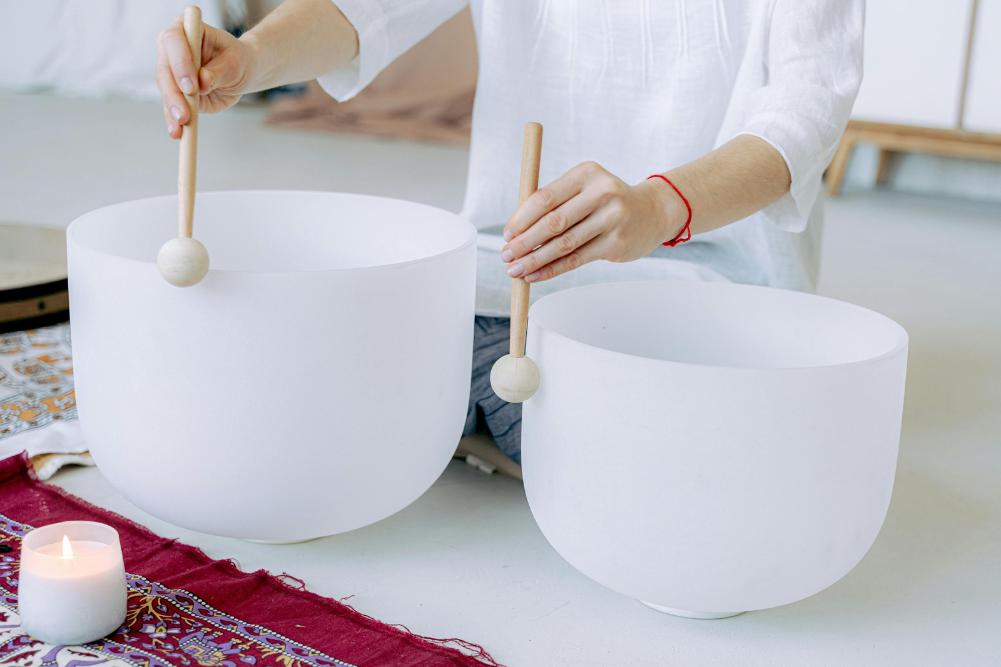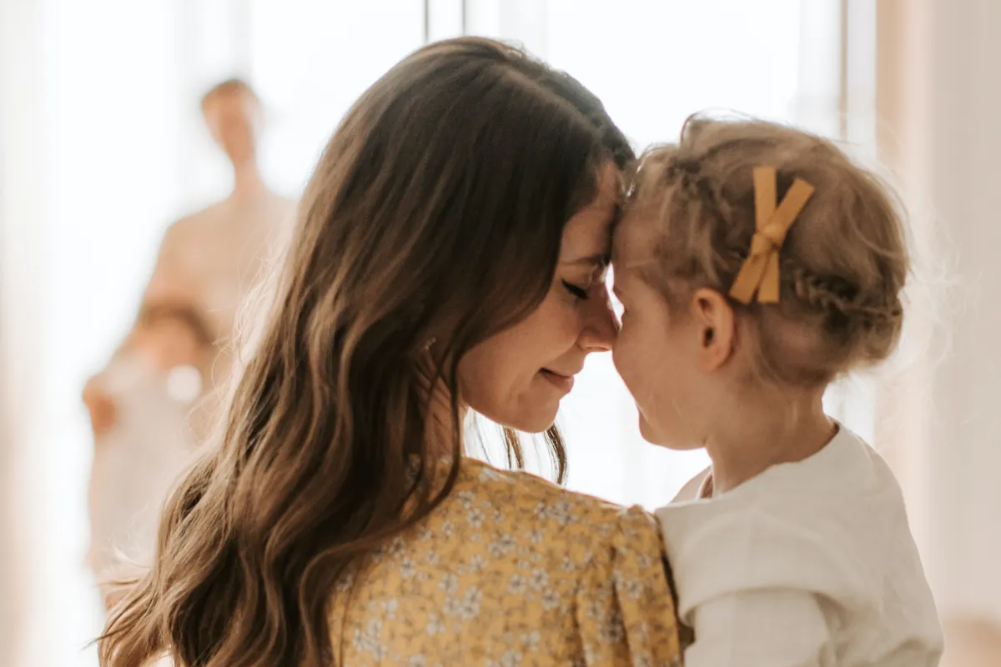Fighting MND with a smile
We huddle close, my sister Anna trimming my nails. We’re wearing our terribly ugly red touch-football tops. My twin and I have always been close but the sisterly love doesn’t usually extend to cutting fingernails for me.
“Oh, Jackie’s just lost a little strength in her hands,” Anna casually dismisses to a team member. But when I drop a few passes, I know the team is wondering about me.
It might have been then. It might have been gradual. But in that moment, huddled over nail clippers, the two of us shared a worrying thought: something could be wrong. Something could be very, very wrong with me.
It was 2005 and I was in my prime at 24, running about on a Tasmanian touch-football field beside the grand Southern Ocean. I’d just married my college love, Shane, and together we were building our dream home on Hobart’s fringe.
As the season wore on, even I began to quietly wonder why I was fumbling easy catches. Games were becoming increasingly exhausting; by June I couldn’t do a push-up. I put it down to lack of fitness.
There was soreness in my forearms. No big deal. I water-skied, played netball, danced — anything could have strained them. And, besides, I had a house to get ready, dinner to prepare for my new husband and a bicycle waiting for its early-morning ride to work.
Around August, even though I could still find the strength to water-ski, it was time to get some medical answers. At such an exciting time in my life, initially it seemed easier to ignore subtle symptoms, but they were becoming hard for me to hide.
Test after test, local doctors failed to find answers for my forearm pain and lack of hand strength. During nearly eight months of uncertainty, the first neurosurgeon said to me, “I don’t think you have MND (motor neurone disease) but I wouldn’t bet my house on it.”
In February 2006, though, the diagnosis of MND became a reality. When I told Anna, my twin dissolved into tears. From reading up on it, she knew full well that MND causes nerve cells to fail and that slowly I would lose the ability to speak, move and eventually breathe.
Naturally, my New Norfolk family was devastated. Yet somehow I remained calm. “I can’t change this news,” I said to them. “What we’ll have to do is make the most of every moment we have.” And make the most of it, we have.
Within two months of the diagnosis, Shane and I secretly hopped aboard a one-month cruise to New Zealand, Fiji, American Samoa, Tahiti, Hawaii and San Francisco to surprise his parents. While we were away, family and friends covertly finished off our home: tiling bathrooms, painting walls and landscaping gardens. Anna couldn’t believe the number of people who arrived to help.
The generosity of others has been quite a trend in the seven years since my diagnosis. Even the New Norfolk CWA women were astounded at a recent cake stall when cakes sold out before they’d barely gotten comfy to do some knitting.
As for my husband Shane’s generosity, it defies the typical story of love. Long ago he left his IT consultancy job to become my full-time carer. Watching me deteriorate must be an unspeakable reality, but he is fiercely courageous and refreshingly cheerful. Even talk of the feeding tube dissolves into laughter at how fortunate I am to “enjoy breakfast in bed prepared every morning”.
I was given three to five years to live following my diagnosis, but I’ve managed to defy the grim prognosis. Perhaps the white-coated medical professionals didn’t realise the support around me, nor the spirit of positivity deep inside me.
Together, Shane and I have travelled Australia, me in a specialised car seat funded by donations from friends and family. On that great Australian road trip, I had the time of my life.
Recently, my mother Margaret was overwhelmed with the response from an email that circulated at her work to help me. “There were complete strangers wanting to donate and assist Jackie,” she says. “It began as an email among a few colleagues and somehow progressed to donations across Australia. It was just astounding, the generosity and desire to help.”
Local people have offered holiday homes, free financial advice, anything they can to make the ride a little smoother for me and my family. And, with this support and love, I have continued to take on life with vigour and enthusiasm.
Despite the deterioration in my health, over recent years I have still managed to achieve much. On unsteady feet I walked down the aisle as my sister’s bridesmaid, with Shane offering a loving arm of support. And, when he’s not by my side, it’s Anna who raises a straw to my lips when I’m enjoying a latte with friends.
The new generation is equally mindful of my needs. Anna’s daughter, Ireland, understands that her aunty needs extra help. “Even as a little two-year-old, she’d climb up on Jackie’s knee after a sneeze and wipe her nose for her,” says Anna.
Today, I can no longer walk or eat without assistance and, while I can still talk, it’s very hard for people who don’t know me to understand me.
My body may have changed on this journey but my sister Anna says some things are constant. “MND might have taken a few things from Jackie, but two things will always remain: her belief in living life to the full and that twinkling smile. Both come from a place deep inside and will always shine far more brightly than the challenges Jackie bears.”
For more information on MND, visit mndatas.asn.au.







